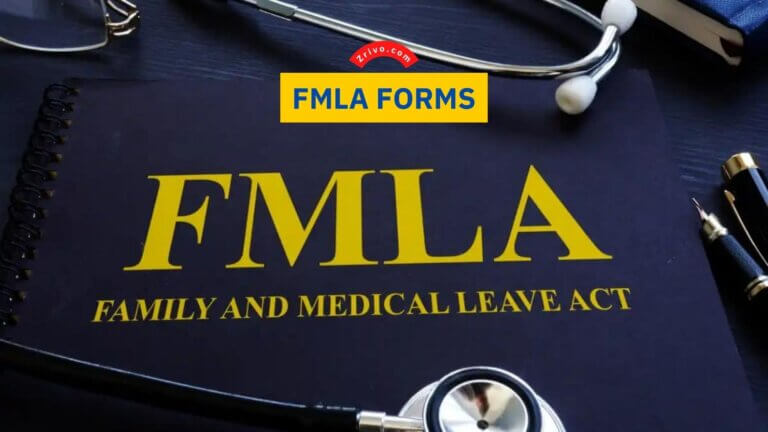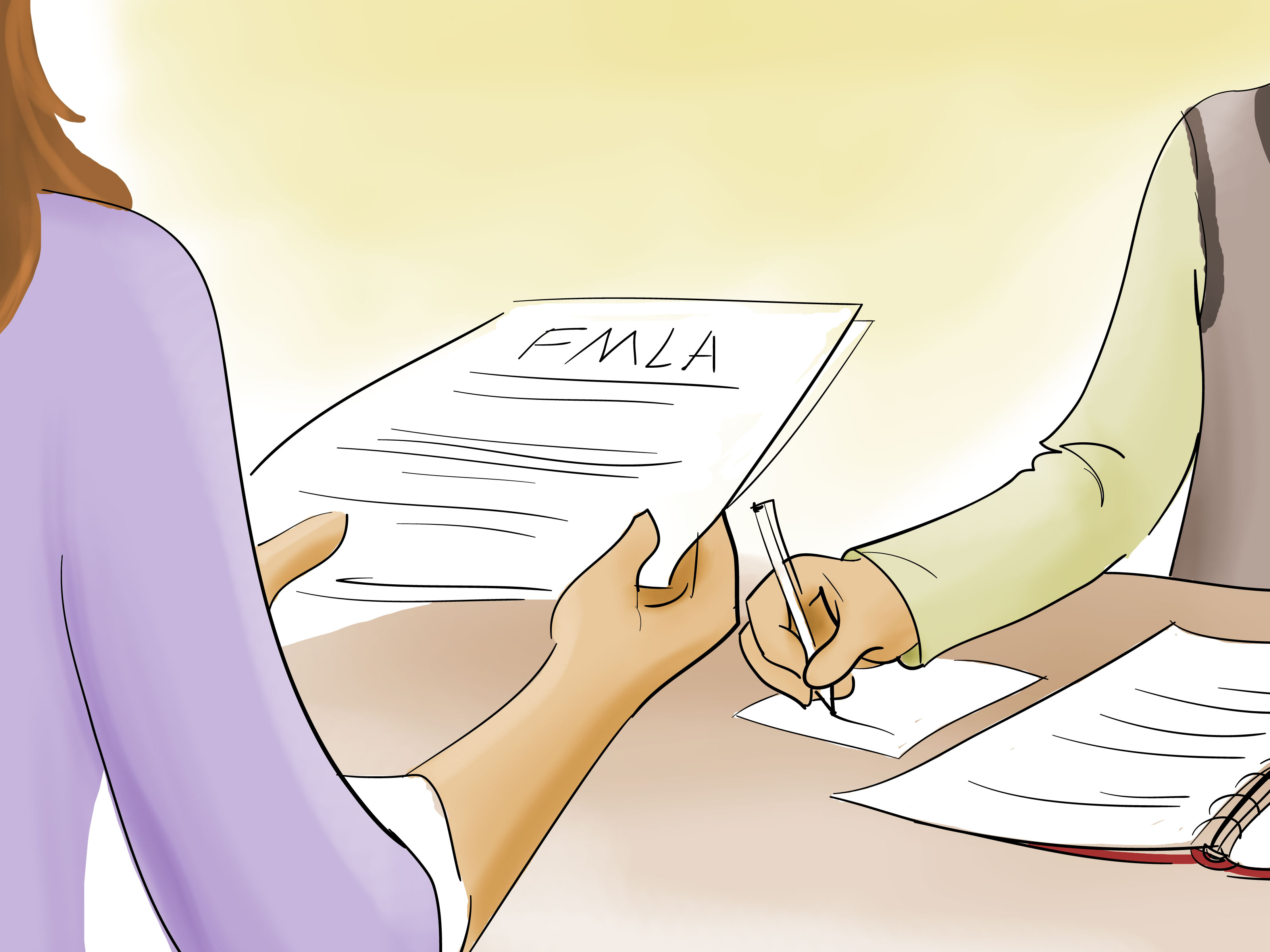5 Steps to Verify FMLA Paperwork Quickly

The Family and Medical Leave Act (FMLA) provides a critical framework for employees to take leave for family or medical reasons without losing their jobs. However, the process of verifying FMLA paperwork can sometimes be overwhelming due to various regulations and the need for meticulous documentation. In this guide, we'll delve into five critical steps to verify FMLA paperwork efficiently, ensuring compliance and ease for both employees and employers.
Step 1: Receive and Review Employee Request


The first step in verifying FMLA paperwork is to receive the employee’s request. Here are the actions to take:
- Request Submission: Employees must submit a written request for FMLA leave. Ensure that this request contains necessary details like the expected leave duration and the reason for leave.
- Confirmation: Acknowledge receipt of the request in writing to keep a paper trail. This serves as an initial point of communication and sets expectations.
- Review the Details: Carefully review the employee’s request to ensure:
- The employee is eligible for FMLA leave
- The purpose of the leave qualifies under FMLA regulations
- All required documentation is present or requested if missing
🚫 Note: Always ensure confidentiality when handling FMLA paperwork to comply with privacy laws.
Step 2: Obtain Necessary Forms and Certifications


Upon receiving the initial request, here’s what you should do next:
- Provide FMLA Forms: Issue the necessary FMLA certification forms such as:
- WH-380-E for employee’s serious health condition
- WH-380-F for family member’s serious health condition
- WH-384 for qualifying exigency leave or military caregiver leave
- Certification from Healthcare Providers: Ask the employee to secure a certification from the relevant healthcare provider detailing the medical necessity of the leave.
📝 Note: Employers are not allowed to contact the healthcare provider directly; employees must handle this communication.
Step 3: Analyze the Submitted Documentation

Once the forms and certifications are returned, the verification process intensifies:
- Check for Completeness: Ensure that all sections of the forms are filled out correctly.
- Validity and Consistency: Examine:
- The date of certification
- Whether the medical condition qualifies under FMLA
- The expected duration of incapacity
- Employee’s Eligibility: Verify that the employee meets the criteria for FMLA leave, including hours worked in the previous year and length of service.
- Communication with Employee: If clarifications are needed, engage with the employee to request additional information or documentation.
Step 4: Issue Designation Notice


After a thorough review:
- Notification: Send the employee an FMLA designation notice (Form WH-382) indicating:
- Whether the leave qualifies as FMLA
- The start and end dates of the leave
- Any requirement for intermittent leave or reduced schedule
- Whether the leave will run concurrently with any paid leave
- Form WH-382: Complete this form with precision, ensuring all details are included to prevent future disputes or misunderstandings.
⚖️ Note: If the request does not qualify, provide a clear explanation in the designation notice.
Step 5: Follow-Up and Manage Leave

The final step involves active management of the FMLA leave:
- Tracking: Use a system or log to track:
- Leave duration
- Intermittent leave patterns
- Requests for extensions
- Return-to-work conditions
- Communication: Maintain an open line with the employee regarding:
- Status updates
- Recertification, if necessary
- Return-to-work notices
- Compliance: Ensure all steps are documented to demonstrate compliance with FMLA regulations. This could be crucial in the event of an audit or legal challenge.
By following these five steps meticulously, HR professionals and employers can streamline the process of verifying FMLA paperwork. This not only aids in maintaining compliance but also helps in fostering a supportive environment for employees during critical life events.
Can an employer deny FMLA leave?

+
An employer can’t deny FMLA leave if it’s validly requested and meets all the eligibility criteria. However, if the employee does not qualify or the reason doesn’t meet FMLA standards, the leave can be denied.
What happens if the leave exceeds 12 weeks?

+
Under standard FMLA rules, the maximum leave allowed is 12 weeks within a 12-month period. However, in cases of serious health conditions or care for a servicemember, up to 26 weeks may be granted. If the leave exceeds these limits, the employee’s job protection under FMLA may not apply.
Is an employee guaranteed the same job upon return?

+
An employee is generally entitled to return to the same or an equivalent position with equivalent pay, benefits, and other employment terms. However, there are exceptions when reinstatement could cause undue hardship on the employer or if the job no longer exists due to legitimate business reasons.